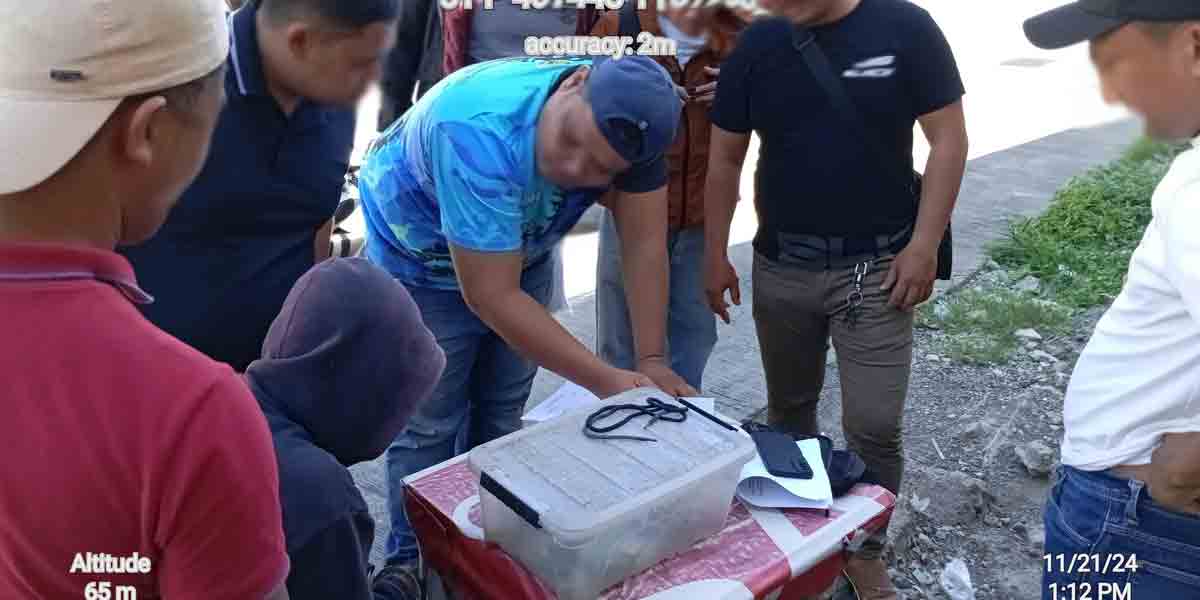By Atty. Eduardo T. Reyes III
February 25th is commemorated as EDSA People Power I. In turn, there is EDSA II which happened on January 20, 2001. It had figured prominently then President Joseph Estrada.
It will be recalled that during the impeachment trial of President Estrada, the prosecutors walked out of the Senate trial when the senators-jurors voted not to open the second envelope which was claimed to contain vital evidence of culpability of President Estrada.
The prosecutors then trooped to EDSA shrine. This triggered a massive resignation by key government officials including the police and military and then came out gushing a throng of Filipinos who in unison called for President Estrada’s resignation.
Due to the mounting pressure, President Estrada was reported to have expressed exasperation by telling his then executive secretary, Edgardo Angara, “Ed, pagod na ako”. President Estrada then used the back door of Malacañang Palace to board a boat and sail to his home in Greenhills, San Juan, MM.
Vice-President Gloria Arroyo would then be catapulted to the presidency upon being sworn to office by key Supreme Court justices.
Later, President Estrada challenged the assumption to power by Gloria Arroyo that gave the Supreme Court the opportunity to hand down doctrinal rulings that are of consequence in the twin cases of Estrada v. Desierto, G.R. No. 146710-15 March 2, 2001 and Estrada v. Macapagal-Arroyo, G.R. No. 146738 March 2, 2001.
EDSA 1 vs. EDSA 2
Political vs. legal question.
Differentiating EDSA I from EDSA II, the Supreme Court explained that the people power revolution during EDSA I “overthrew the whole government” and thus is extra constitutional. By contrast, EDSA II is an exercise of freedoms of speech and assembly which is within the framework of the constitution thus intra constitutional, viz:
“In fine, the legal distinction between EDSA People Power I and EDSA People Power II is clear. EDSA I involves the exercise of the people power of revolution which overthrew the whole government. EDSA II is an exercise of people power of freedom of speech and freedom of assembly to petition the government for redress of grievances which only affected the office of the President. EDSA I is extra constitutional and the legitimacy of the new government that resulted from it cannot be the subject of judicial review, but EDSA II is intra constitutional and the resignation of the sitting President that it caused and the succession of the Vice President as President are subject to judicial review. EDSA I presented a political question; EDSA II involves legal questions”.
Intention to resign can be
gathered from contemporaneous
and subsequent acts.
The other legal issue that was resolved is the ascertainment of one’s intention to resign. Given that an intention is a state of mind, courts could only read one’s mind by the contemporaneous and subsequent acts relative to the intention being figured out. Thus:
“The issue then is whether the petitioner resigned as President or should be considered resigned as of January 20, 2001 when respondent took her oath as the 14th President of the Public. Resignation is not a high level legal abstraction. It is a factual question and its elements are beyond quibble: there must be an intent to resign and the intent must be coupled by acts of relinquishment. The validity of a resignation is not governed by any formal requirement as to form. It can be oral. It can be written. It can be express. It can be implied. As long as the resignation is clear, it must be given legal effect.
In the cases at bar, the facts show that petitioner did not write any formal letter of resignation before he evacuated Malacañang Palace in the afternoon of January 20, 2001 after the oath-taking of respondent Arroyo. Consequently, whether or not petitioner resigned has to be determined from his act and omissions before, during and after January 20, 2001 or by the totality of prior, contemporaneous and posterior facts and circumstantial evidence bearing a material relevance on the issue”.
Democracy should not be confused
with rule of the mob.
Yet in the same cases, the Supreme Court reminded like a harbinger that democracy should not be confounded with rule of the mob, thus:
“Rights in a democracy are not decided by the mob whose judgment is dictated by rage and not by reason. Nor are rights necessarily resolved by the power of number for in a democracy, the dogmatism of the majority is not and should never be the definition of the rule of law. If democracy has proved to be the best form of government, it is because it has respected the right of the minority to convince the majority that it is wrong. Tolerance of multiformity of thoughts, however offensive they may be, is the key to man’s progress from the cave to civilization. Let us not throw away that key just to pander to some people’s prejudice”.
In fine, whether EDSA I or EDSA II, the lessons learned had congealed both Philippine history and legal jurisprudence. This reminds of Justice Oliver Wendell Holmes Jr.’s statement that “the life of the law has not been logic, but experience…”
(The author is the senior partner of ET Reyes III & Associates– a law firm based in Iloilo City. He is a litigation attorney, a law professor and a law book author. His website is etriiilaw.com).





















